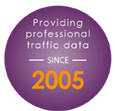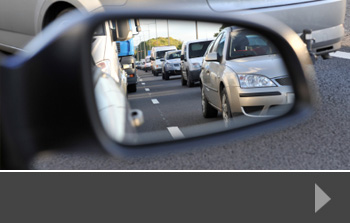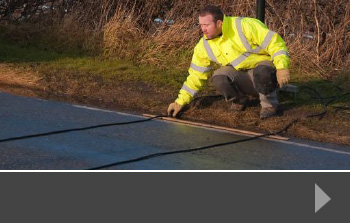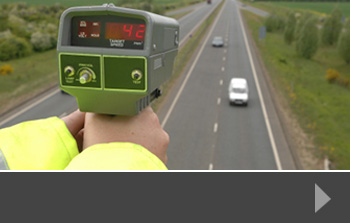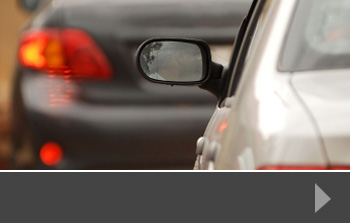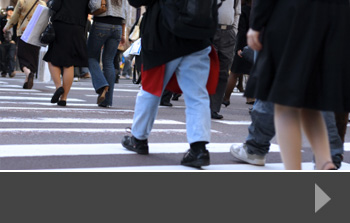Is there an increase in car-free developments?
Whilst we often undertake parking surveys for new developments or changes in existing parking provision, there is an increasing number of developments where parking is heavily restricted or where planners have insisted on a car-free approach. What does this mean for parking in nearby areas?
What is a car-free development?
Most often found in areas that are already highly urban or where there are lots of new developments, a car-free development is one where parking is not provided on the development site, or there is no room for additional parking to be provided on the road where the development is situated.
As more planning departments insist on developments being able to access more sustainable transport options, such as buses, trains, cycling or walking, it’s likely that we will start to see more car-free developments, particularly in urban and suburban areas.
Car-free developments have to accept the non-provision of on-site parking or parking permits as a condition of planning permission. In most cases, residents may be able to apply for visitor parking permits, but these may be limited, and they won’t be able to apply for a parking permit for their own vehicle unless there are exceptional circumstances – and these vary from one local authority to another.
A knock-on effect
There may be people buying within a car-free development who have a car and need somewhere to park it. In most heavily-occupied urban areas, parking is controlled by resident permit, or by paid-for parking. Someone in a car-free development is unlikely to be able to get a resident permit, and so may have to park some distance away using paid-for parking. This adds to the expense of owning a car and is more inconvenient. It also puts extra pressure on the paid-for spaces which can in turn impact parking in the local area.
Pre- and post-development parking surveys
In order to assess the potential impact of car-free developments, developers and planning authorities may conduct a parking survey. This would look at the level of parking at different times of the day to see how demand changes and what impact there is on the local community – both residential and commercial. This includes delivery vehicles who have to park in order to make their deliveries, and trade vehicles who will be working on both domestic and business properties during the working day and will need permits or places to park. If car-free developments are likely to put a further strain on local parking, planning authorities need to look at how they might mitigate that potential risk.
To find out more about parking surveys, traffic surveys or other road data collection, contact us today.

